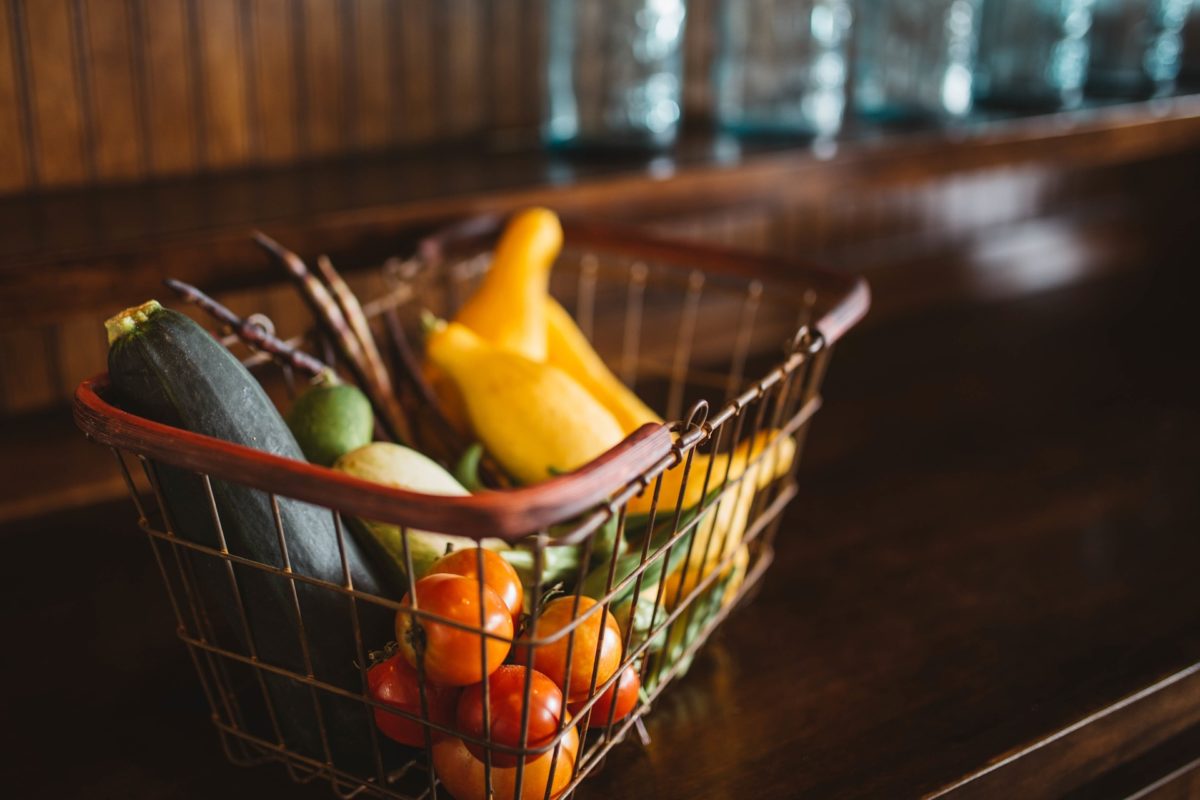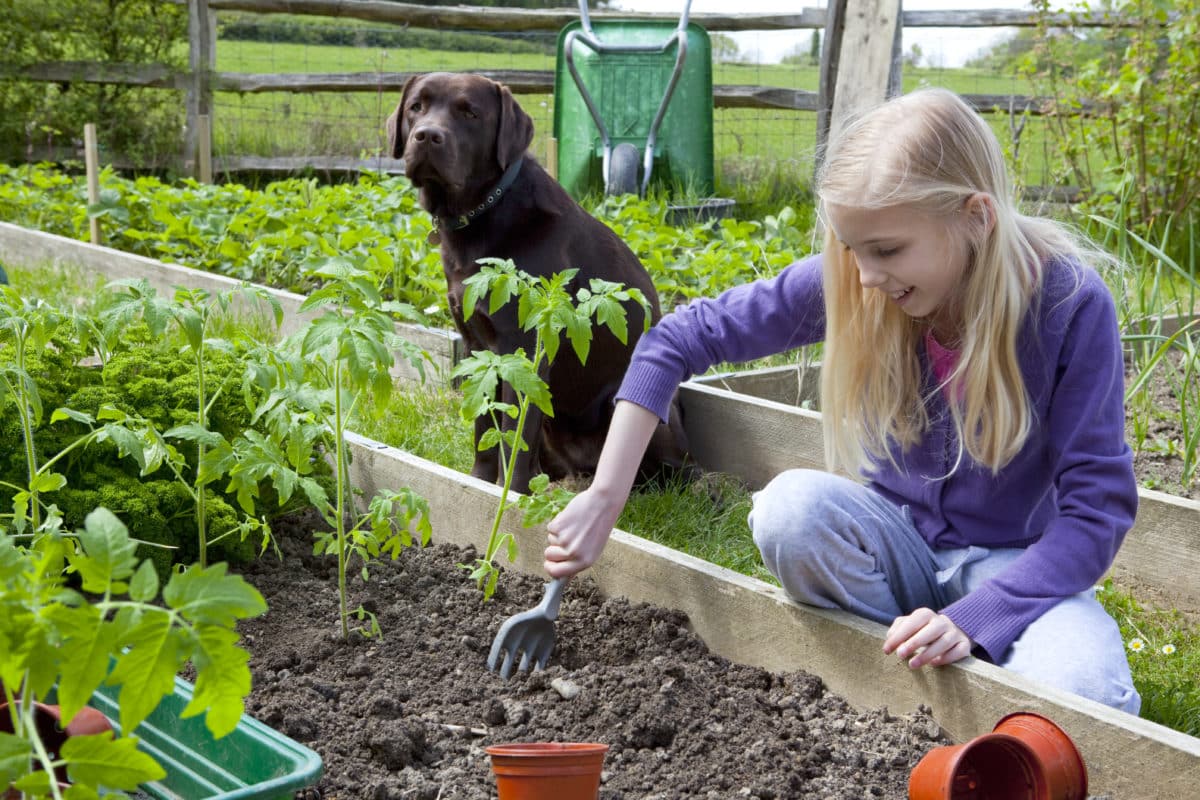Healthful real-food ingredients are just a few seeds away.
Holistic veterinarians and pet nutritionists agree that adding fresh organic fruit and vegetables from the garden or farmer’s market to your dog’s meals will improve its long-term health and immune system. Replacing heavily processed commercial dog treats with organic fruits and vegetables, or making your own treats, is one of the easiest things you can do to improve your pet’s health.
So, if you are inclined to make dog treats, why not grow as many of the ingredients as possible? There are numerous easy-to-grow fruits and vegetables that are not only safe for dogs, but also provide essential supplemental nutrients and antioxidants. These include strawberries, blueberries, raspberries, cranberries, melon, green beans, carrots, cucumbers, leafy greens, pumpkin, squash, and zucchini (see below).
Let’s start with one of the garden’s most prolific producers: zucchini. As it turns out, zucchini is a great source of vital nutrients that dogs need, especially potassium. And because it is filled with water, zucchini is also low in calories, making it a great snack for pets who tend to put on weight. Zucchini and summer squash are also easy to grow and – as anyone who has grown these edibles knows – so abundant that gardeners often can’t give them away. Well, why not share the bounty with your buddy?

Here are a few tips for growing a successful crop of zucchini, followed by a recipe for cookies your dog is sure to love.
Give the plants lots of light. Squash plants require at least six hours of sun per day. Deprive these plants of the amount of light they need and they will be susceptible to diseases or will not produce healthy fruit.
Begin with rich, organic soil. These plants thrive in fertile, dark soil that is rich in organic matter. Zucchini also needs trace minerals found in good soil. Adding seaweed-augmented compost before planting will help ward off diseases and pests. If that is not an option, add a good organic compost to the soil and top dress with kelp or a liquid seaweed fertilizer before planting.
Wait to plant until the soil is warm. Resist any temptation to plant zucchini seeds until the soil has reached a consistent temperature of 17-18° C (62 – 65°F). Sow seeds in clusters .6 meters (2 feet) apart; you can thin plants later when the strongest seedlings emerge. If you want to start seeds indoors, wait until about two to three weeks before they are ready to move outdoors; otherwise, your plants will be weak and leggy.
Water consistently and provide enough air circulation. Watering plants with a drip hose or irrigation system will ensure the roots of the plants receive consistent moisture and that the leaves stay dry, inhibiting fungal diseases. If you don’t have drip irrigation, water consistently at the base of the plants.
Weed. As with most edibles, keeping the area surrounding zucchini well weeded will help prevent diseases and pests, while also inhibiting competition for water. This is especially true early in the season, when young plants are developing a root system and might not withstand competition from weeds.
Pick plants on a regular basis. Allowing the fruit of zucchini or squash to grow too large will delay additional fruit production. This is one of those plants you can pick consistently throughout the season, making it an ideal plant for pet treats, as you will never run the risk of a cupboard bare of biscuits.
First published December 2015
